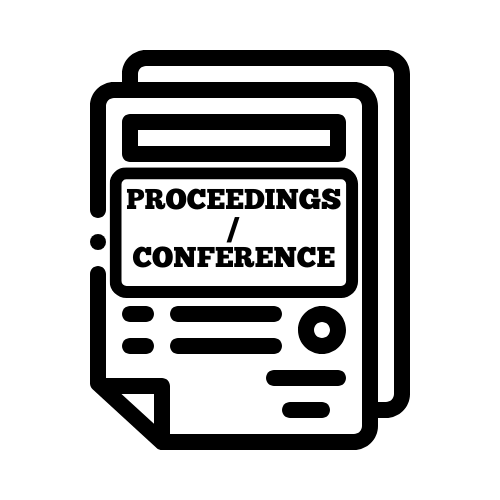Options
Polyethylene microbead removal via aeration
Journal
Journal of Physics: Conference Series
ISSN
1742-6588
Date Issued
2025-04-01
Author(s)
DOI
10.1088/1742-6596/3003/1/012006
Abstract
Microplastics, specifically polyethylene (PE) particles, contaminate drinking water, posing significant environmental and health risks. Effective removal methods remain elusive. This study investigates the potential of aeration in removing PE from clean water. The experiments were started with configuring the best sedimentation time (3-30 min), A 10-minute sedimentation period was established as optimal for PE particles. The retention time (10-60 min) and air flow rate (100-400 ml/min) were varied, with constant PE concentration. The results demonstrate that 98% PE removal can be achieved using 30 min of aeration at 400 ml/min of airflow. Aeration facilitates removal by producing bubbles that lift and separate PE, enabling easy extraction due to its low density. This study reveals aeration as a promising method for removing PE from water. © Published under licence by IOP Publishing Ltd.
File(s)
Loading...
Name
c.png
Size
17.98 KB
Format
PNG
Checksum
(MD5):448e6620c6bb7ac18abe03ca79ef8b40
